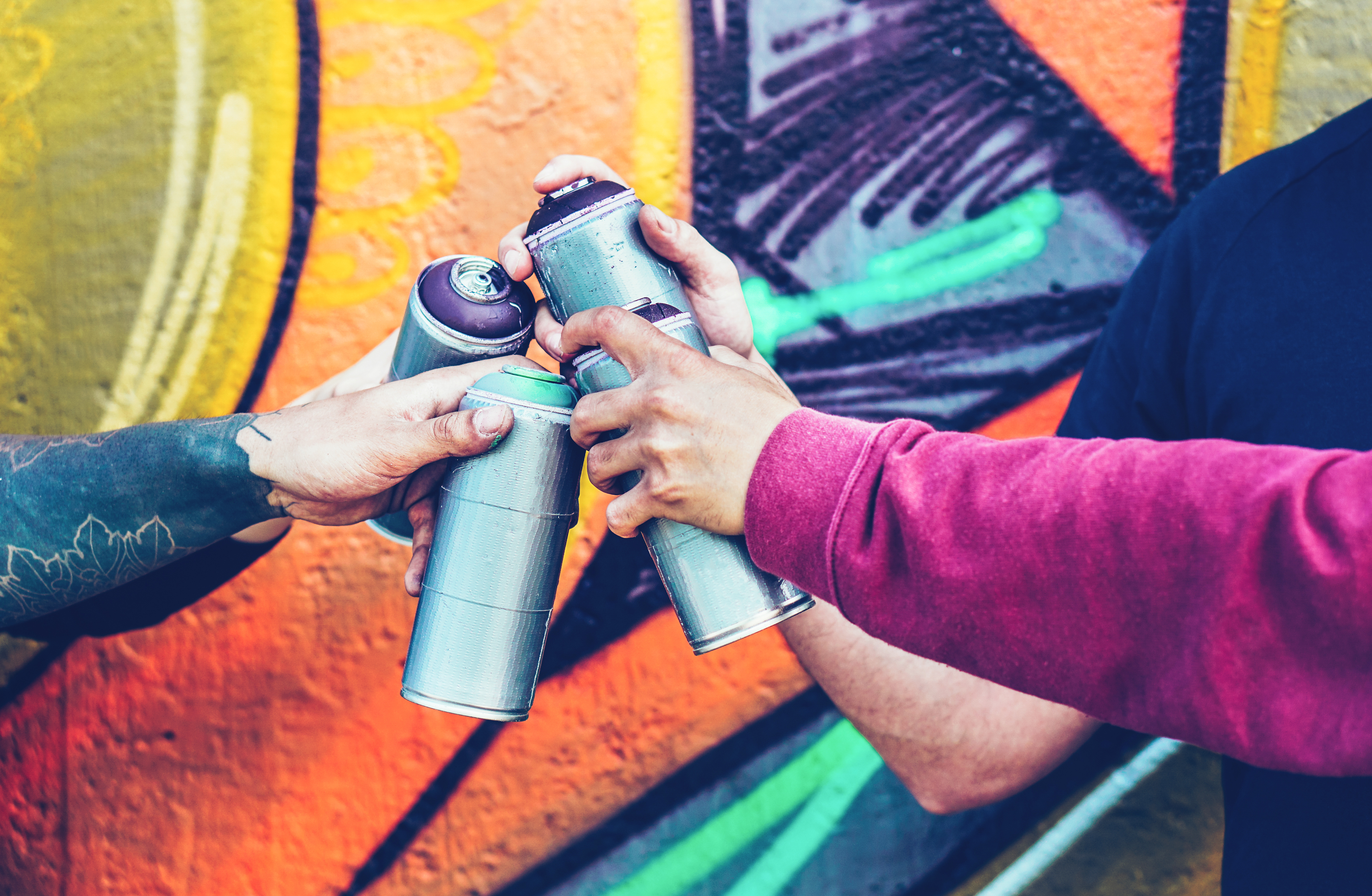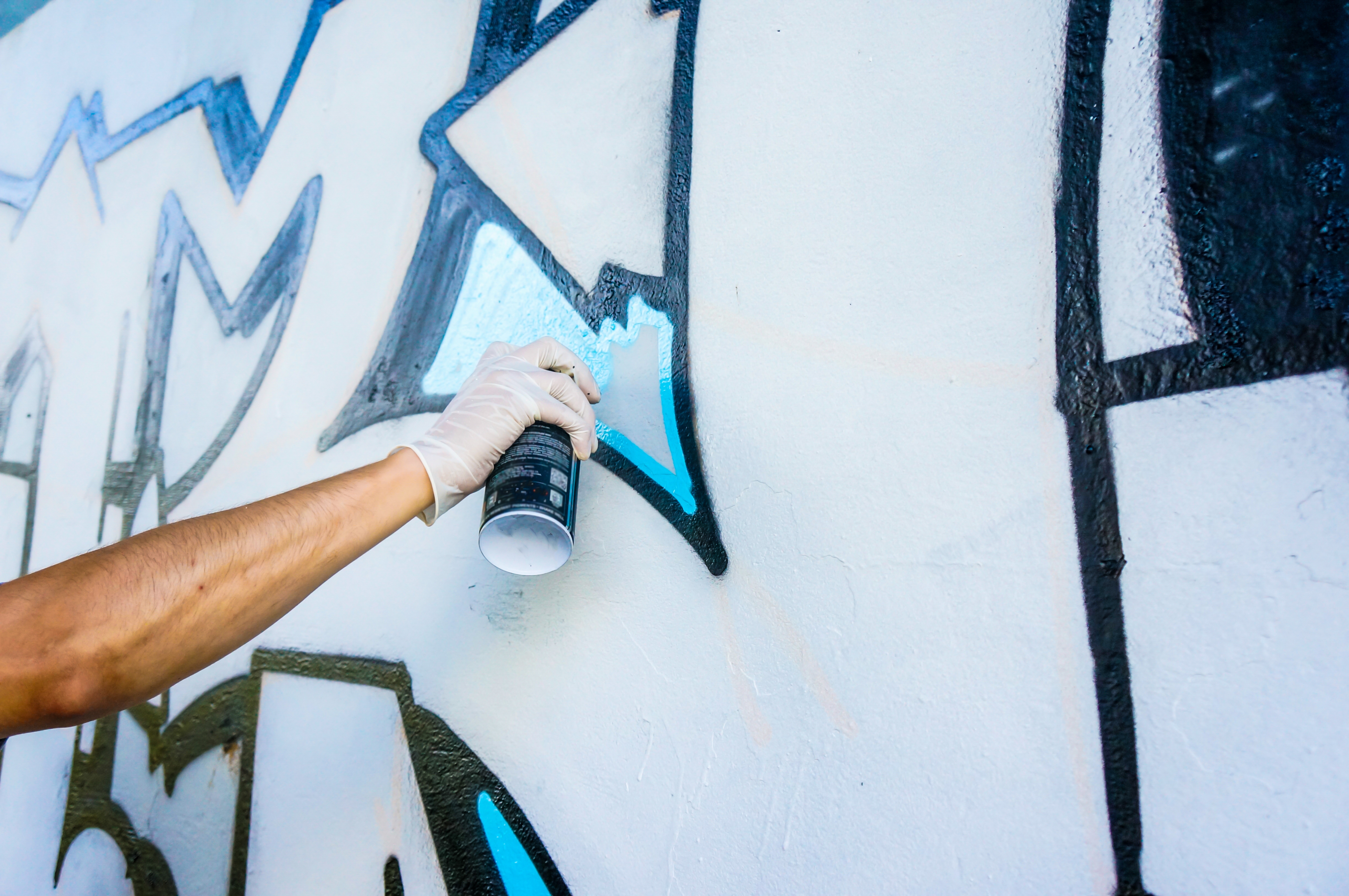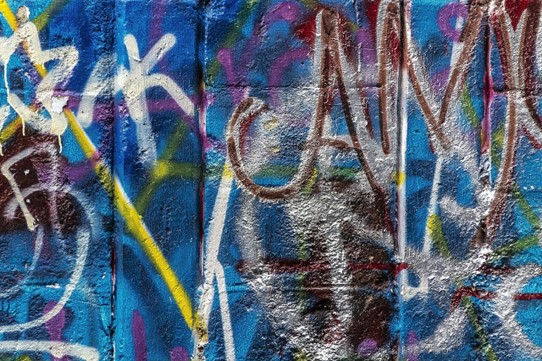
Graffiti vandalism is a persistent challenge for municipalities worldwide, affecting the visual appeal of public spaces. Repeated graffiti removal efforts can be costly and time-consuming, often requiring specialised cleaning methods and frequent repainting. This is where graffiti-resistant coatings offer a practical solution. These coatings create a protective barrier that prevents paint and ink from bonding to surfaces, making graffiti removal quick and cost-effective. Before exploring how these coatings can protect municipal buildings and infrastructure, let’s take a closer look at how these coatings work.
How Graffiti-Resistant Coatings Work
Graffiti-resistant coatings play a crucial role in safeguarding municipal buildings from vandalism. These graffiti-resistant wall finishes for public infrastructure create a barrier between the surface and graffiti materials. Porous surfaces like brick, concrete, and stone have tiny openings through which paints and other substances can be absorbed.
Anti-graffiti coatings penetrate these surface pores, forming a protective layer that prevents graffiti materials from adhering. This makes it easier to remove unwanted markings without damaging the underlying structure.

or

Types of Graffiti-Resistant Coatings
Municipalities can choose from various protective paints for infrastructure projects. Each offers different levels of durability and ease of maintenance. Understanding these options helps cities select the most effective solution for their needs.
1. Sacrificial Coatings
Sacrificial coatings form a temporary protective layer that graffiti removes during cleaning. These coatings are ideal for surfaces that experience occasional vandalism, as they can be easily reapplied after each cleaning. While effective, they require ongoing maintenance and are best suited for lower-risk areas where frequent reapplication is manageable. For example, you can find graffiti painted with election campaigns in India, be it a college election, state election, or even the country's general elections.
2. Semi-Sacrificial Coatings
Also known as “partially permanent” coatings, semi-sacrificial coatings offer slightly more durability than sacrificial coatings. They allow for multiple graffiti removals before requiring reapplication, making them suitable for areas prone to moderate vandalism. These coatings provide a longer-lasting solution while remaining relatively easy to maintain.
3. Permanent Coatings
Permanent coatings create a durable, non-porous barrier that prevents graffiti from adhering. Unlike sacrificial coatings, they do not require reapplication after cleaning. These coatings, designed for high-risk areas such as bridges, public transit stations, and government buildings, can withstand repeated cleanings while maintaining their protective properties.
One prominent permanent coating, enamel paints, stands out for its exceptional graffiti-resistant properties. Their rugged, glossy finish makes it difficult for graffiti to adhere, simplifying cleanup and discouraging vandals from targeting these surfaces. Enamels are also highly durable, offering resistance to weathering, abrasion, and frequent cleaning. Their longevity and ease of maintenance make them a budget-friendly coating for government-funded projects, particularly in high-traffic areas prone to vandalism.
Stop graffiti in its tracks with enamel paints. Learn why they're the top choice for municipal buildings.

Invest in coatings that deter vandalism and preserve community beauty.
Cost Savings and Long-Term Benefits
Investing in graffiti-resistant coatings offers municipalities significant cost savings and enduring advantages:
- Reduced Cleanup Costs: These coatings simplify graffiti removal, often allowing for cleaning with mild detergents or pressure washing, thereby minimising the need for expensive professional services and harsh chemicals.
- Preservation of Aesthetics: These coatings contribute to a positive community image by keeping public buildings looking aesthetically pleasing. A clean, well-maintained environment fosters civic pride and can boost tourism.
-Protection of Structural Integrity: By preventing graffiti from adhering to surfaces, these coatings reduce the need for abrasive cleaning methods that can damage building materials, thereby extending the lifespan of public infrastructure.
- Enhanced Community Environment: Clean and well-maintained public spaces create a more welcoming atmosphere for residents and visitors alike.
Implementing graffiti-resistant coatings is a proactive strategy to safeguard community assets. It ultimately reduces maintenance and repair expenses while promoting a pristine and inviting public environment.
Invest in coatings that deter vandalism and preserve community beauty


